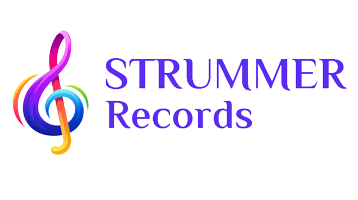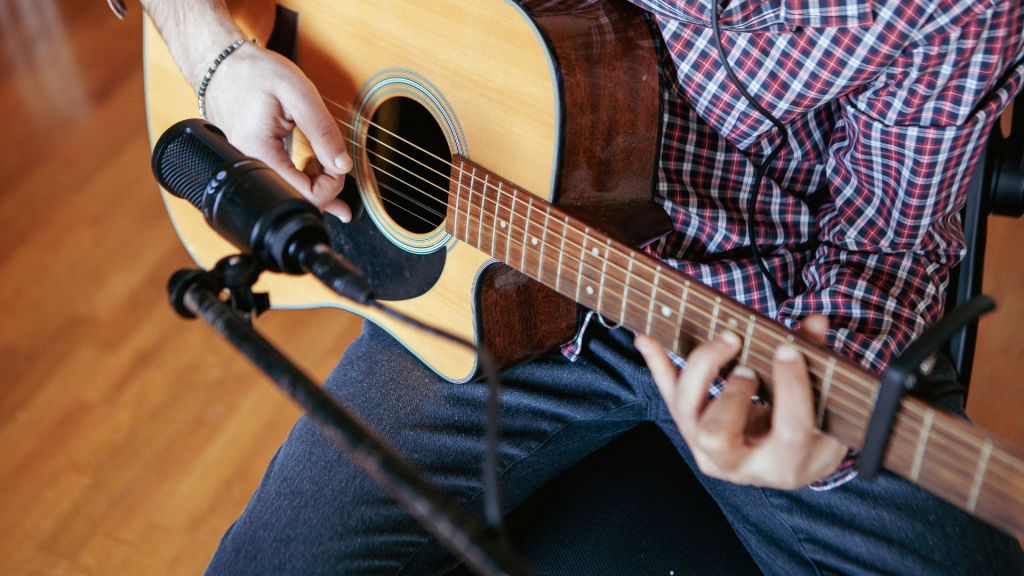Have you ever heard a singer or band that sounded great on the first few tracks of their album but then dropped off when a song or two got longer? Or have you ever watched an artist on stage and marveled at their ability to play several instruments at once, making a seamless transition from one instrument to another? Professional musicians do this all the time, and it’s amazing what they can do-but it doesn’t come easily.
Mixing bass, acoustic, and electric guitars is one of the most important skills you can have as a bassist. It requires technical proficiency, a creative sound, and an understanding of mixing that you may not have developed in other fields of musicianship. Mixing and mastering music can be difficult and learning to mix bass, acoustic, and electric guitars like a pro requires a lot of practice.
In today’s music landscape which is largely dominated by electric guitars, acoustic instruments might seem a bit challenging for those less experienced in their nuances. But if you aspire to learn the art of blending bass, acoustic, and electric guitars, it becomes important to hone your skills with acoustic guitars too. The good news is that there are various online platforms that are now offering affordable acoustic guitar lessons, making it easy for you to effortlessly enhance your skills. On the other hand, if you are still finding your way around acoustic instruments, the art of blending the bass, acoustic, and electric guitar can become an easy process if you follow these few simple steps.
Here are tips to Mix Bass Guitars, Acoustic, and Electric Like a Professional:
Start With the Bass.
A bass guitar is a lowest-string instrument in the musical family. Its sound is deep and rich, making it ideal for setting the mood.
Prepare Your Guitar.
To mix acoustic and electric, start by setting up your acoustic. You’ll want to flatten your guitar’s high E string for better sound. Next, place your fingers on the 12th fret, and pluck the 2nd, 3rd, and 4th strings.
Layer Your Guitar with An Electric.
Use an overdrive pedal when mixing guitars, acoustic and electric. Crank the gain knob all the way.
Know your gear.
Learning about your gear, gear sound, and gear capabilities will help you achieve professional results. For instance, when mixing acoustic and electric guitars, knowing your gear, their capabilities, and the gear of other musicians can help you create a wide variety of sounds.
Using EQ.
One of the easier ways to mix guitars, acoustic and electric, is using a graphic EQ. Now, the graphic EQ is one of these nifty things where you put the volume knob down, and in the middle, you see a white circle and a black circle. So, basically, that’s a graphic EQ. You just put the volume knob in the middle, and then you can adjust the level of the treble and the bass. Getting your bass to sound good takes some work, but learning how to mix bass guitars, acoustic and electric, like a pro, is easy when you follow a few simple tricks. Experiment with different EQ settings, adjusting settings to taste until you’ve balanced your bass the way you want it.
Panning.
When it comes to mixing bass guitars, acoustic guitars, and electric guitars, using panning is a great way to give each instrument its own space in the mix. Panning is the process of moving multiple sounds throughout the stereo field. There are three basic types of panning: hard, soft, and centered.
Make Use of Compression.
Are you playing at a gig or in the studio? Mixing your bass guitar with an electric guitar can make interesting sonic results-but how do you do it? The process involves setting the levels of each instrument to complement each other, so each one will sound the way you want it to, without canceling out the other. Compression is the key to this process because it lets you control both the volume of each instrument and the tone of the resulting mix.
Reverb.
Mixing bass, electric, and acoustic guitars is no easy task, but there are tricks to mastering it. Reverb is a useful tool for mastering your sound and mixing bass guitars into the mix. It creates a fuller sound and makes your mix sound more professional. Reverb makes any sound and cuts through a mix.
In most music production programs, audio engineers are accustomed to mixing one instrument at a time, be it vocals or drums. However, mixing music with acoustic guitars, electric bass, electric guitars, and keyboards is also possible, and you will need to combine several different types of instruments.

